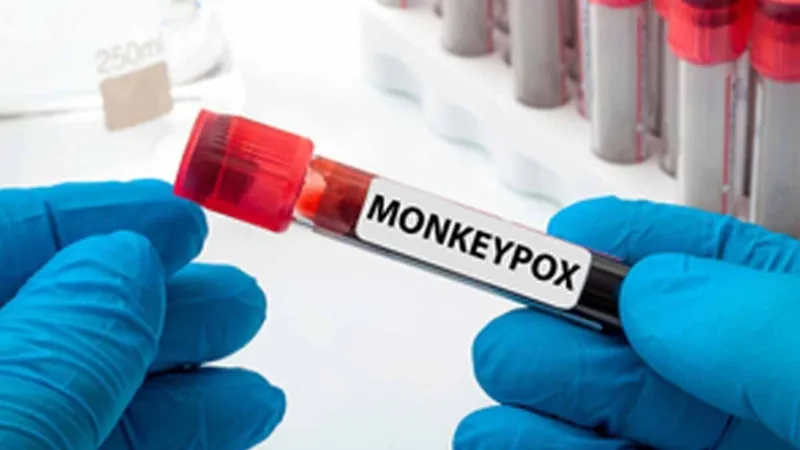
One in Five Indians Faces Vitamin D Deficiency: Urgent Action Needed!
2025-04-14
Author: Daniel
A Growing Health Crisis in India
Brace yourselves: nearly one in five Indians is grappling with a serious shortage of vitamin D! That's right—20% of the population is vitamin D deficient, but this number spikes to a staggering 38.81% among East Indians. In contrast, North Indians enjoy a lower deficiency rate of 9.4%. Understanding this alarming trend is crucial for public health.
The Vulnerable Populations
Certain groups are especially at risk of vitamin D deficiency: children, teenagers, pregnant women, and the elderly. The lack of vitamin D can have severe implications for their health, making it essential to address this issue head-on.
Dietary Habits Under the Microscope
Interestingly, common dietary practices contribute to this crisis. For instance, the boiling of milk and popular beverages like tea and coffee significantly reduces vitamin D content. Moreover, the high lactose intolerance rate in southern and eastern India limits dairy consumption, further depriving people of essential nutrients.
Urban Living and Skin Complexion Complications
An urban lifestyle also exacerbates the deficiency, with many people spending excessive time indoors and using sunscreen or dressing conservatively to achieve lighter skin tones. This restricts their natural sunlight exposure, the body's primary source of vitamin D. Given the higher melanin content in Indian skin, extended sun exposure is necessary to synthesize adequate vitamin D.
A Call for Action
The Indian Council for Research on International Economic Relations (ICRIER) recently recommended stronger measures to combat this deficiency. They propose robust food fortification initiatives and expanded supplementation programs, along with lowering the current 18% GST on vitamin D supplements. Currently, the price of a vitamin D tablet hovers around INR 4.31 (about $0.05), but packages of ten can range from INR 48 to INR 130 ($0.55 to $1.50). This is partly due to high taxes and problematic pricing calculations that don't consider production costs.
Testing Accessibility is Key
The report emphasizes the urgent need for affordable vitamin D testing services to help individuals monitor their health. Suggestions include local production of cost-effective testing solutions and promoting research to enhance vitamin D intake, particularly through food.
Food Fortification Must Evolve
Food fortification in India remains voluntary, presenting a major gap in public health. The existing guidelines limit fortification to a few products, like milk and oil, and exclude pivotal groups like children in school meal programs. The ICRIER report advocates expanding this initiative to cover staple foods and allowing both plant- and animal-derived vitamin D sources for fortification.
The Road Ahead
In conclusion, tackling vitamin D deficiency in India requires a multi-faceted approach. From revising food policies to enhancing public awareness and accessibility to supplements and testing, it’s time for India to act decisively. Together, we can turn the tide against this silent epidemic!


 Brasil (PT)
Brasil (PT)
 Canada (EN)
Canada (EN)
 Chile (ES)
Chile (ES)
 Česko (CS)
Česko (CS)
 대한민국 (KO)
대한민국 (KO)
 España (ES)
España (ES)
 France (FR)
France (FR)
 Hong Kong (EN)
Hong Kong (EN)
 Italia (IT)
Italia (IT)
 日本 (JA)
日本 (JA)
 Magyarország (HU)
Magyarország (HU)
 Norge (NO)
Norge (NO)
 Polska (PL)
Polska (PL)
 Schweiz (DE)
Schweiz (DE)
 Singapore (EN)
Singapore (EN)
 Sverige (SV)
Sverige (SV)
 Suomi (FI)
Suomi (FI)
 Türkiye (TR)
Türkiye (TR)
 الإمارات العربية المتحدة (AR)
الإمارات العربية المتحدة (AR)